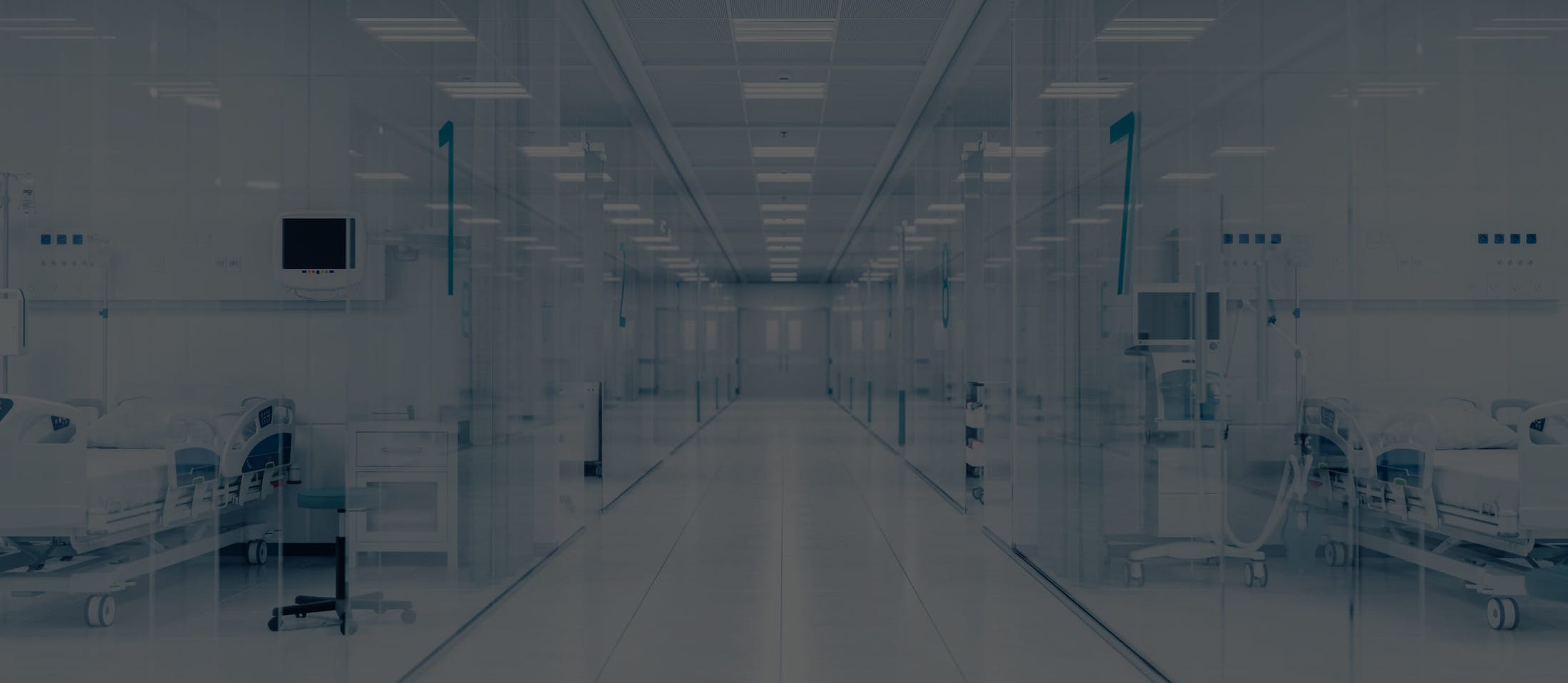Diagnostic endoscopy is a medical procedure that allows doctors to examine the inside of a patient's body using an endoscope, a thin, flexible tube with a camera and light attached to it.
Types of Diagnostic Endoscopy
Diagnostic endoscopy is a medical procedure that allows doctors to view the inside of a patient's body using an endoscope, a flexible tube with a camera and light attached to it. There are several types of diagnostic endoscopy, each with its own unique purpose and benefits. Below are some of the most commonly used types of diagnostic endoscopy:
- Gastroscopy: This type of endoscopy is used to examine the upper digestive tract, including the esophagus, stomach, and duodenum. It is often used to diagnose conditions such as ulcers, acid reflux, and stomach cancer.
- Colonoscopy: This type of endoscopy is used to examine the large intestine or colon. It is often used to diagnose conditions such as colon cancer, inflammatory bowel disease, and diverticulitis.
- Bronchoscopy: This type of endoscopy is used to examine the airways and lungs. It is often used to diagnose conditions such as lung cancer, pneumonia, and chronic obstructive pulmonary disease (COPD).
- Cystoscopy: This type of endoscopy is used to examine the bladder and urethra. It is often used to diagnose conditions such as bladder cancer, urinary tract infections, and interstitial cystitis.
- Laparoscopy: This type of endoscopy is used to examine the abdominal cavity. It is often used to diagnose conditions such as endometriosis, ovarian cysts, and appendicitis.














